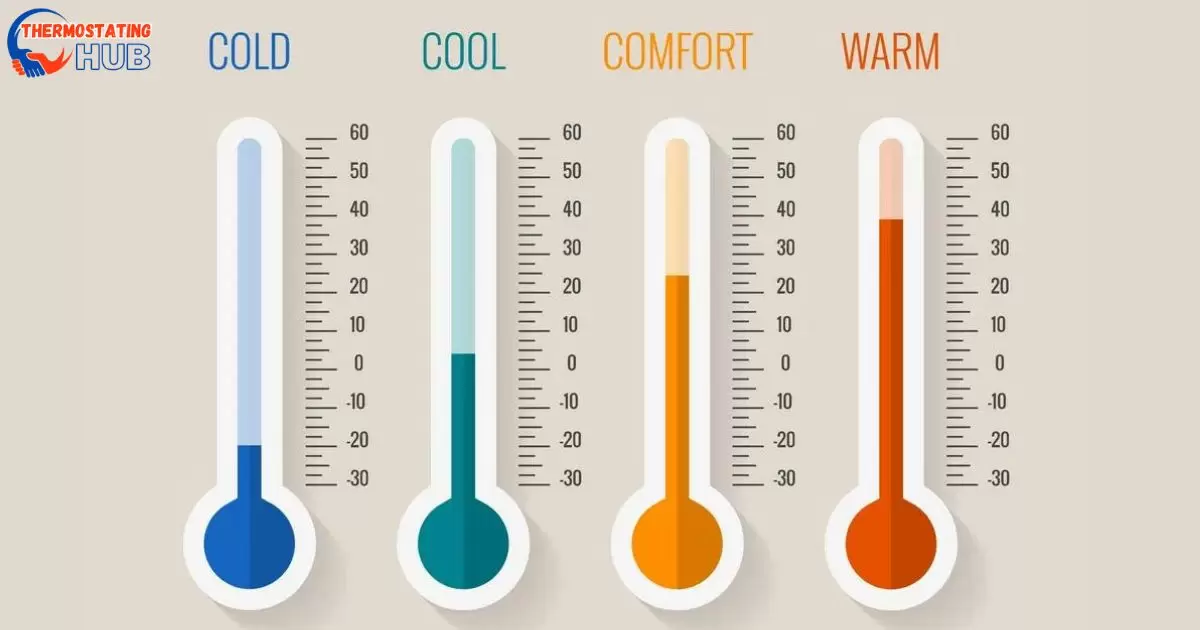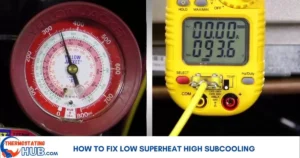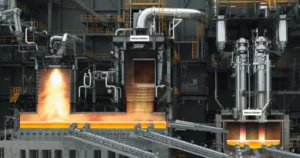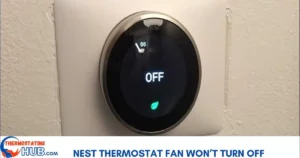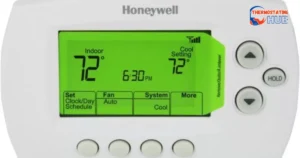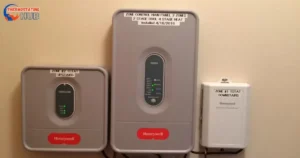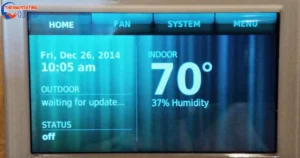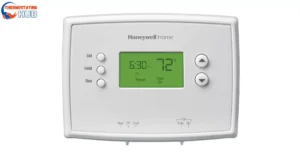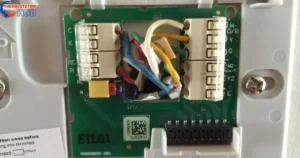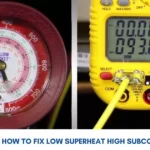Is it normal for the liquid and suction lines to share the same temperature? Well, not really. Ideally, the suction line should be cooler than the liquid line. Having both lines at the same temperature could signal some issues in the refrigeration cycle.
The liquid line tends to run a bit warmer than the medium, where the condenser releases air or water heat. Now, let’s dive into what sets the suction and liquid lines apart, what might cause them to play temperature twins, and the quick fixes.
First off, the suction line is meant to be the chillier one, while the liquid line takes a slightly warmer stance. When these temperatures decide to synchronize, it’s like a red flag in the refrigeration world. 🚩
So, why might they be cozying up temperature-wise? Various factors can contribute, and we’re here to uncover those mysteries.
Once we’ve unraveled the reasons behind the temperature match-up, we’ll explore how to get these lines back to their harmonious, temperature-differentiated dance. 💃
Suction Line Vs Liquid Line
| Suction Tube | Liquid Line |
| Generally larger | Compact in size |
| Typically Wrapped | Uninsulated conduit |
| Often referred to as vapor line | Commonly known as liquid line |
| Carries a cool gas | Transports warm liquid |
| Positioned between the evaporator and the compressor | Positioned between the condenser and the TXV |
Now, let’s dive into the quirks of these components! The suction tube prefers to flex its muscles, generally larger, while the liquid line prefers to keep things on the compact side. Picture the suction tube bundled up in insulation, keeping warm, while the liquid line enjoys the breeze without any insulation.
Now, let’s get to know them by their aliases – the suction tube, often called the vapor line, embraces a cool gas, while the liquid line, commonly known as the liquid line, carries the warmth of liquid gold. The suction tube enjoys its spot between the evaporator and the compressor, while the liquid line finds its place between the condenser and the TXV. They’re like the dynamic duo of your refrigeration system! 💨❄️
Alright, the mystery of the liquid line getting colder than the outdoor temperature. Imagine a scenario with a restriction between the condenser coil and your measurement point. Even if you check the temperature difference using a liquid line dryer, it might still give you the chills.
On the other hand, when the liquid line decides to turn up the heat, it might be trying to tell you something. It signals an overcharged or blocked condenser coil if it’s hotter than the outdoor air by 15 degrees or more. Look for a defective or immobile condenser fan, a dirty coil, or other culprits causing the liquid line to bring the heat. 🔍
Read also: Aprilaire Thermostat Says Off
Reasons Why Liquid Line And Suction Line Have Same Temperature
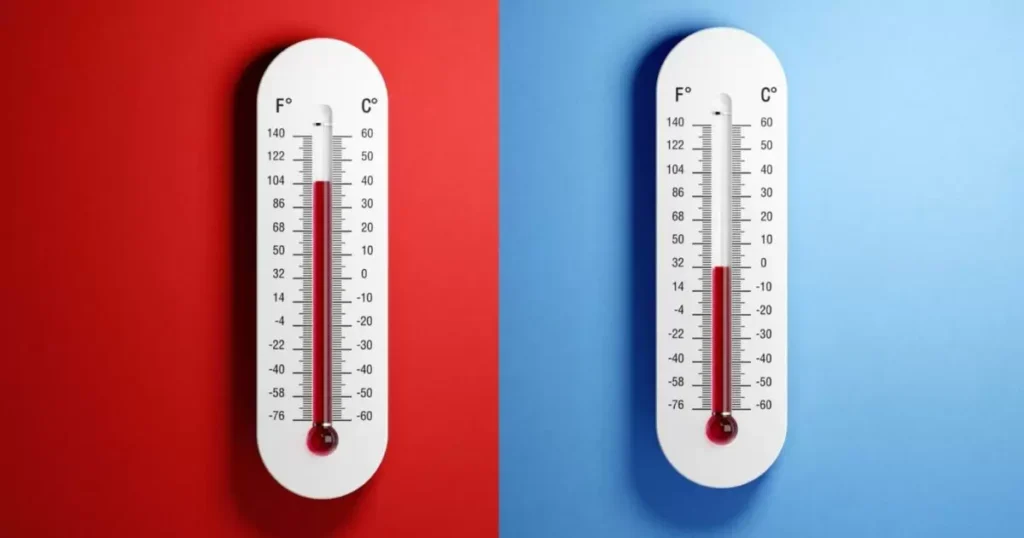
Several factors can contribute to this issue. Whether both lines decide to cool down, get close in temperature, or heat up together, it’s a sign of trouble that demands immediate attention to prevent any damage to your system. 🚨
1) A blocked filter drier
In normal operation, the liquid line is expected to maintain a temperature slightly higher than the surrounding ambient temperature. However, if this line starts chilling out and matches the temperature of the suction line, there’s likely an issue with a blocked filter drier due to pesky pollutants.
When the refrigerant faces obstacles and can’t flow freely, it’s like putting a freeze on its usual temperature, causing a noticeable drop. ❄️
2) Low Superheat
Internal glitches can lead to both the liquid and suction lines sporting a toasty temperature. Now, let’s unravel the mystery behind a sizzling suction line. The culprit? Low superheat, thanks to a misbehaving thermostatic expansion valve.
Low superheat spells trouble with an excess of refrigerant in the evaporator coil, creating a heated situation. Picture it like too many cooks in the kitchen, but in this case, it’s too much refrigerant in the evaporator.
But wait, there’s more. A failed thermal bulb adds another layer to the drama, unable to pick up the temperature signals. This sets the stage for a TXV stuck wide open, allowing an excessive amount of refrigerant into the evaporator, turning your suction line into a hotbed of issues. 🌋
Pro Tip: Regularly check and maintain your thermostatic expansion valve to ensure it’s playing by the rules. A well-behaved valve keeps your refrigeration system cool and efficient.
3)Issue with the orifice tube
Let’s dive into the mechanics of the orifice tube. It plays the role of an expansion valve, carefully managing the refrigerant flow to the evaporator coil.
Now, imagine a scenario where the orifice tube’s opening decides to stretch its boundaries and become more prominent. This expansion leads to a sneaky influx of excess refrigerant into the evaporator, causing a stir with pressure imbalances.
The aftermath? The temperature of the suction line starts to dance closely to the beat of the liquid line temperature, creating a not-so-harmonious symphony.
Expert Tips to Prevent Liquid and Suction Line Issues with Smooth HVAC Operations
Maintaining smooth HVAC operations is crucial for optimal performance. One key aspect to watch is the balance between liquid and suction lines. These lines play distinct roles; any deviation from the norm can signal potential issues.
To prevent troubles, ensure the liquid line maintains a temperature slightly higher than the ambient surroundings. If it unexpectedly chills down, it might point to a blocked filter drier, hindering refrigerant flow and causing a temperature drop.
On the other side, a toasty suction line could indicate low superheat due to a malfunctioning thermostatic expansion valve. Excess refrigerant in the evaporator coil creates heat, while issues like a failed thermal bulb or a stuck-open TXV can further contribute to a hot suction line.
Regularly inspect these components and address anomalies promptly. A well-maintained HVAC system ensures efficiency and longevity.
Weighing In Pros and Cons of Equalizing Liquid and Suction Line Temperatures
| Pros of Equalizing Temperatures | Cons of Equalizing Temperatures |
| Simplifies troubleshooting processes | Indication of potential system issues |
| Easier temperature monitoring | Reduced efficiency and cooling capacity |
| Potential for uniform system operation | Increased risk of component damage |
| Facilitates adjustments in certain scenarios | Limits the ability to identify specific issues |
Pro Tip: Strive for balanced temperatures when appropriate, but always prioritize addressing underlying issues for long-term system health.
Unlocking HVAC Success: Essential Key Takeaways for Temperature Balance
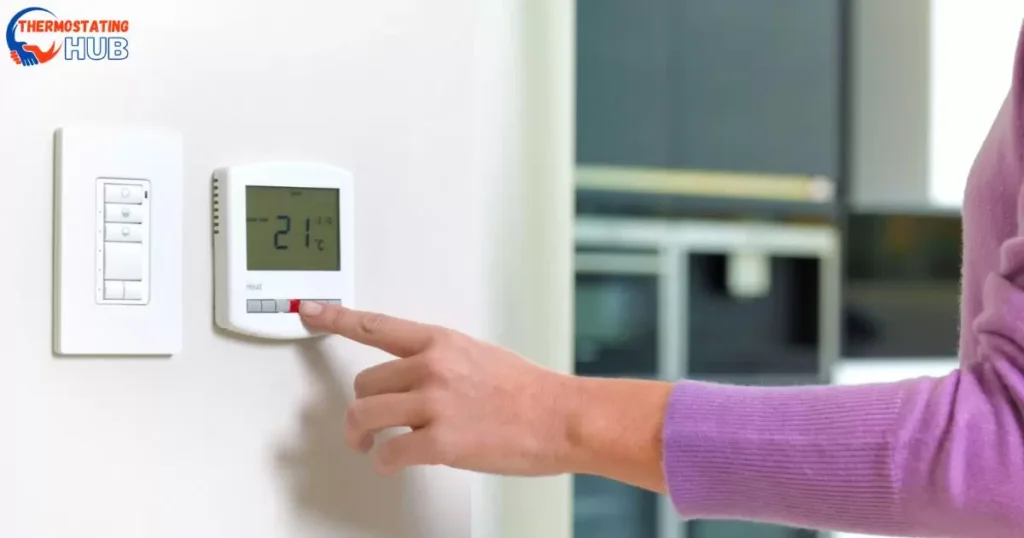
- Regular Monitoring: Keep a close eye on liquid and suction line temperatures for any anomalies.
- Temperature Differential: Aim for a balanced temperature differential between the two lines under normal working conditions.
- Equalization Consideration: While equal temperatures might simplify troubleshooting, be cautious, as it can mask underlying issues.
- Troubleshooting Signs: Sudden changes in temperatures may indicate potential problems, warranting immediate attention.
- Preventive Maintenance: Implement a proactive maintenance schedule to address issues before they escalate.
- Component Inspection: Regularly inspect key components like the filter drier, orifice tube, and thermostatic expansion valve for optimal functionality.
- Efficiency Focus: Prioritize maintaining system efficiency to ensure consistent cooling capacity.
- Prompt Issue Resolution: Address any identified issues promptly to prevent damage and ensure prolonged HVAC success.
- Professional Assistance: Seek professional help for complex issues or if uncertainties arise during troubleshooting.
🔒Pro Tip: Balance is key, but understanding your HVAC system’s nuances and promptly addressing issues are the keys to unlocking sustained success.
Answers To Key Questions
What should suction and liquid line temp be?
Ideally, the suction line temperature should be 10 to 20 degrees Fahrenheit cooler than the return air temperature. The liquid line, on the other hand, tends to run slightly warmer than the ambient temperature.
What are the symptoms of a restricted suction line?
A restricted suction line can lead to symptoms such as reduced cooling capacity, low suction pressure, and potential frost accumulation on the evaporator coil. System inefficiency and higher energy consumption may also be noticeable.
Why is my suction line not getting cold?
A non-chilling suction line could indicate issues like low refrigerant levels, a malfunctioning expansion valve, or a dirty evaporator coil hindering proper heat exchange. Addressing these issues promptly is crucial for optimal system performance.
Why is my suction line warm?
A warm suction line may suggest problems like low superheat due to an overcharged system, a faulty thermostatic expansion valve, or issues with the thermal bulb. Insufficient refrigerant flow or an open TXV could contribute to a warmer-than-usual suction line. Regular maintenance and troubleshooting are recommended to pinpoint and resolve these issues.
Final Thoughts
Discovering that the liquid and suction lines share the same temperature signals a potential issue in your HVAC system. If troubleshooting and resolving the problem independently prove challenging, it’s wise to enlist the expertise of professionals.
Calling in the experts ensures a thorough diagnosis and effective resolution, safeguarding the health and efficiency of your system.
Thank you for taking the time to read this article! If you have any additional questions or need more help, please don’t hesitate to ask. I appreciate your engagement! 📚😊

I’m Dariel Campbell, the HVAC maestro at thermostatinghub.com. I’m not just about fixing air conditioners; I’m your cooling confidant. As a problem-solving storyteller, I dive into the world of HVAC with a passion for unraveling dilemmas. Join me on a journey where your comfort is the plot twist we’re all waiting for!
